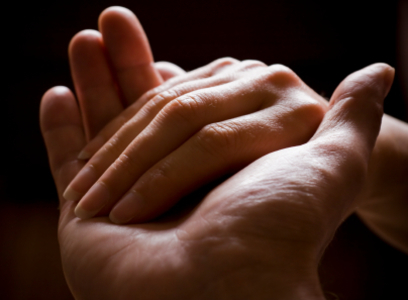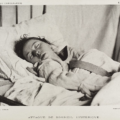Healthcare Matters
“All the evidence that we have indicates that it is reasonable to assume in practically every human being, and certainly in almost every newborn baby, that there is an active will toward health, an impulse towards growth, or towards the actualization.”
– Abraham Maslow
Google “healthcare” and it returns 99,900,000 results. Healthcare seems to be a vast, complex, inconsistent, and perhaps unavailable or expensive system ‒ sometimes seemingly devoid of personal connection. At a minimum, it can be confusing to find what will work for you. Really work for you, on all levels.
Here’s the good news: when you define healthcare for yourself, the path towards growth and actualization Maslow speaks of becomes easier to find and follow. Forget what healthcare is for your best friend, your family, or a generic patient with similar symptoms you read about online. Forget about some list in your health insurance policy. That’s just a list based on contractual relationships, which may or may not relate to what works best for you.
Healthcare is deeply, deeply personal. Only you know what healthcare is for you. It depends on your values, your beliefs, your worldview. And, those can change over time.
Finding healthcare that works for you is a bit like going on a quest – an adventurous exploration. You have to know what you’re seeking, the signposts to know you’re on the right path, and some friendly support along the way (wisdom, people, or places) helps too.
To narrow the vast landscape of healthcare to what will work for you, begin by understanding, or perhaps taking this opportunity to create, your personal worldview of health, healing, and well-being. If your choice of physicians, practices and medicines doesn’t resonate with your worldview, there will be discord. Discord, at a minimum, makes communication with practitioners challenging. In some medical sciences this discord would be believed to have a negative impact on healing at a very deep level. Knowing your worldview gives you a foundation for harmonious choices.
To explore your worldview, some questions to ask yourself include:
• Do you believe health is based on primarily how each part of the physical body separately functions?
• Do you believe the mind can influence the physical body?
• Do you believe there is an interrelationship between mind, body and spirit; a holistic view of your being?
• Do you believe the body is basically like a machine (also identified as a Newtonian view of the world); and should be treated in a mechanical nature?
• Do you believe your choices – from the food you eat, to your relationships (including work), to the surroundings you live in – influence your well-being?
• Do you believe in a “one solution fits most” medicine; or that each person is unique and therefore may require varying paths to well-being, even if the diagnosis or symptoms are similar?
• Do you believe in treating the illness or the person with an illness?
• Do you believe in focusing on the disease (diagnosis, symptoms); or on health and well-being?
• Do you believe in healing, curing, pacifying symptoms, or something else? Or all of those in different situations?
• Do you generally believe in an interconnected world? Or a world where all beings and things are separate?
Answering these types of questions will significantly narrow the landscape of your quest – narrow down what will work for you. No one can answer these for you. You may want to write a personal worldview statement to crystallize your worldview.
Equipped with your personal worldview of health you can then move on to the next steps in your quest:
• Identify what health, well-being and healing mean to you
• Know what qualities of care are important to you
• Understand what “medicines” resonate with you
In the coming articles we’ll delve into each of those areas with more questions to help you find healthcare that works for you.































